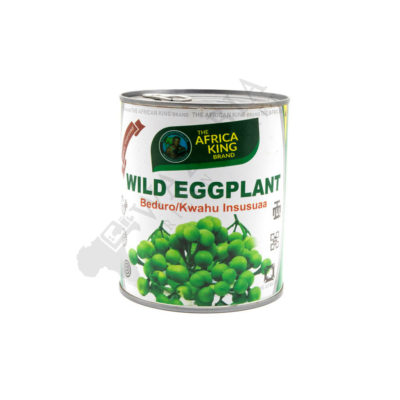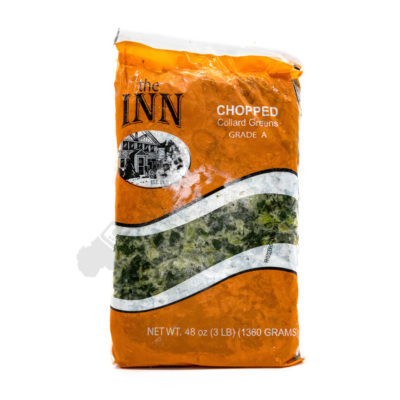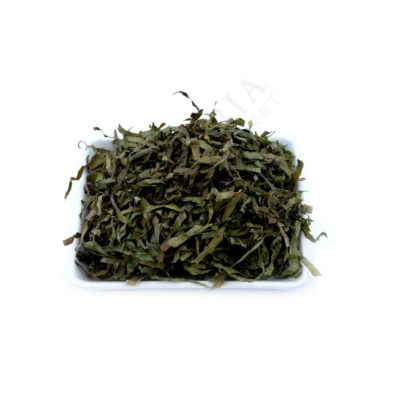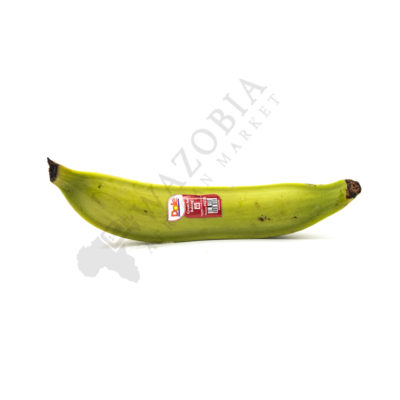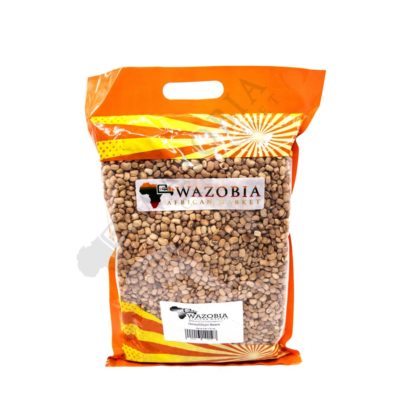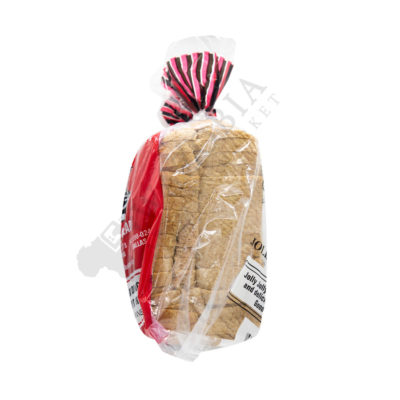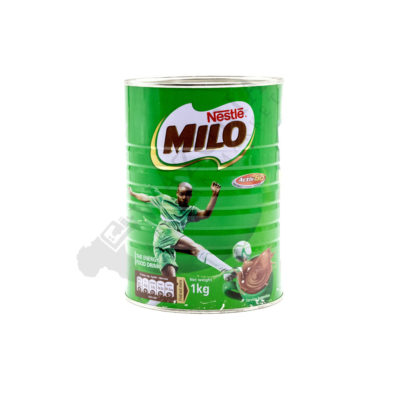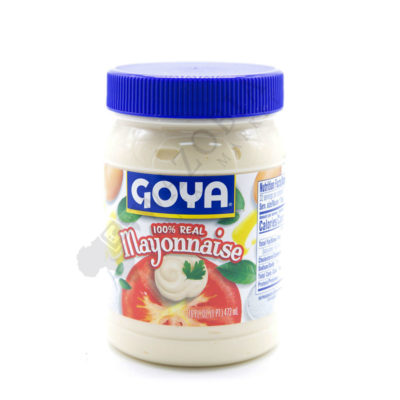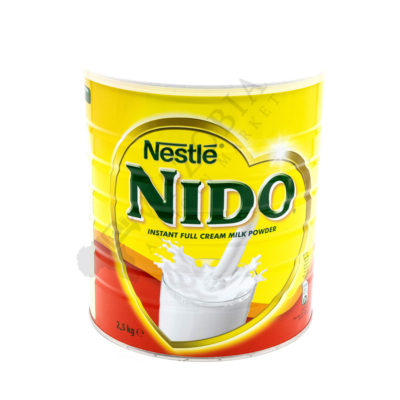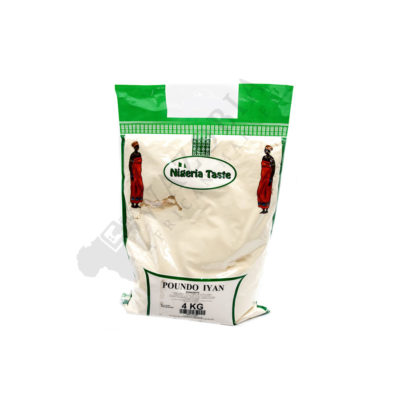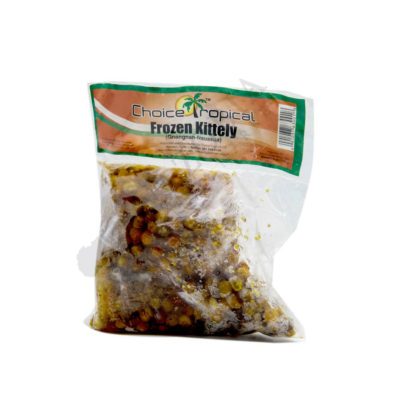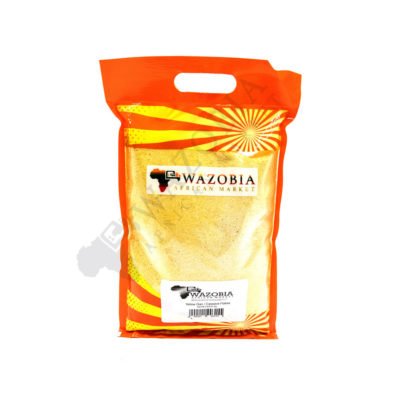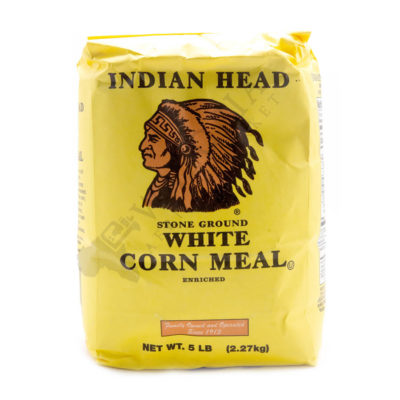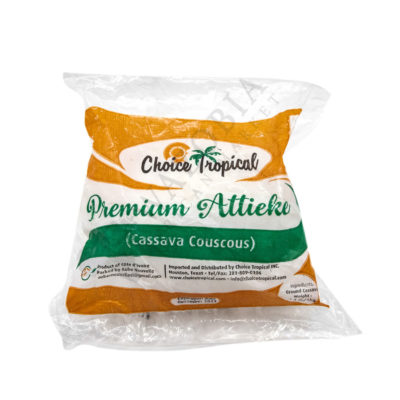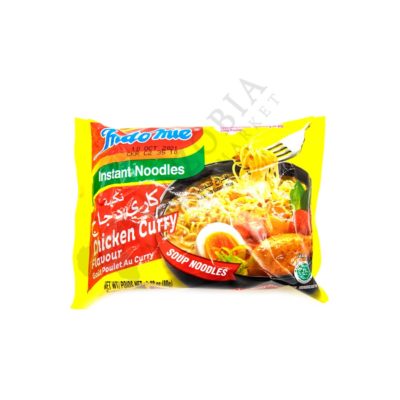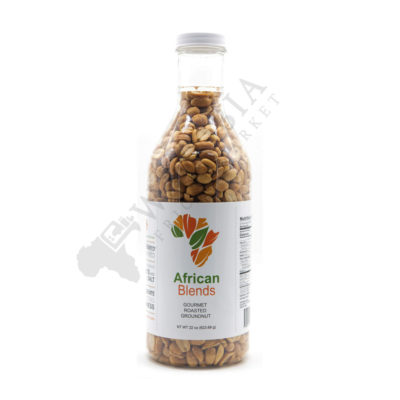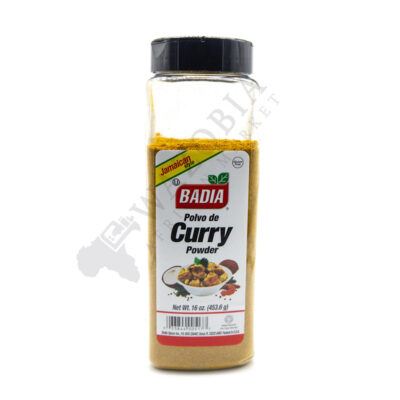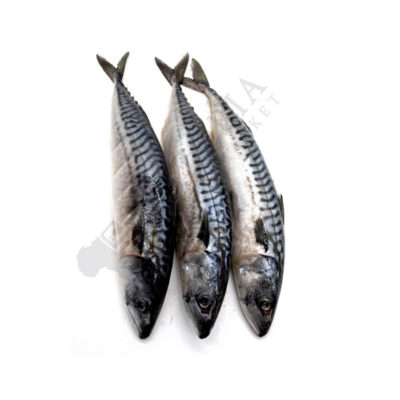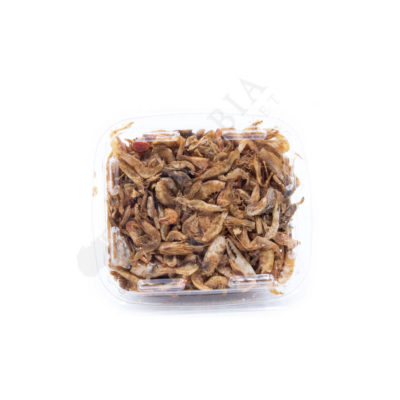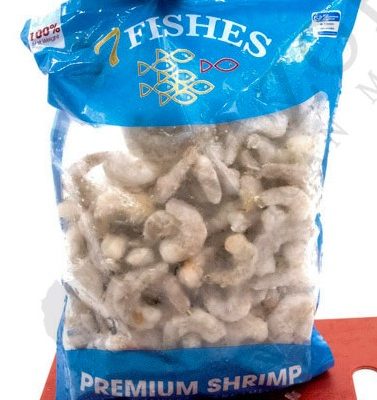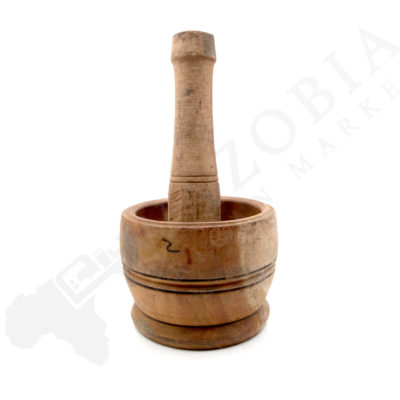Africa is a huge continent. It is home to many distinct cuisines, all of which have some commonalities in which spices and seasonings they use. Food in Africa, is both a personal experience and a social event. In Africa, spices are as integral to everyday life as water. Food is enjoyed deeply, with some meals being prepared for days before they are ready to be eaten. Each flavor is carefully selected to compliment or contrast the rest, with the final product coming out as a delicious meal the whole family can enjoy. Women are predominantly the food preppers, though men will chip in if a hand is needed.
Many spices grow in Africa, and therefore are part of beloved African foods. Spices used in the continent range from the familiar–bay leaves, cinnamon, cumin, ginger, and sesame seeds—to lesser-known ones such as cardamom or grains of paradise. Play with African spicing by cooking rice with smoky black cardamom or adding cinnamon and ginger to dipping sauces. We have compiled a list of 7 African herbs and spices that will take you meals to another level.
Kyinkyinga Spice (Tankora or Yaji Spice)
Kyinkyinga Spice is a very popular dry peanut-based spice rub used on beef, lamb and chicken before grilling. Also called tankora or yaji, this spice mix is a fiery blend of ground chiles, ginger, garlic and onion powders. It also usually contains fermented locust beans or bouillon cubes, and has one other ingredient that really sets it apart: toasted peanut flour. It is typically used to season Kyinkyinga, a grilled meat skewer or kebab that is popular in West Africa. Kyinkyinga is a Ghanaian Hausa dish popularized by traders. It is very similar to the suya kebab in Nigeria and Niger, also known as suya, tsinga, cinga, cicinga, cincinga, tsire agashi, cacanga or tankora in the Hausa language. Due to its popularity, suya spice has become almost a staple in most West African homes. It can be used as a marinade on many foods, such as meats, fish, poultry, and for roasting or grilling vegetables such as garden eggs, corn on the cob, etc. Basically, Kyinkyinga Spice can be added to almost anything to give that dish a delicious twist.
Mau Forest Dried Nettles
In the Kenyan Mau forest, generations of native communities have gathered herbs and leaves, including nettles, which are a staple in Kenyan cuisine, available even during droughts. The nettles are grown in the Molo highlands at an altitude between 2000 and 3000 meters. They are manually harvested from March to June and from September to October. After they have been harvested, the nettles are immersed in water in order to soften the stinging effect, and are then sold either fresh or dried and ground into a powder. These nettles are traditionally dried in the shade because the sun negatively affects their bright green color. They are used in a variety of dishes such as the local porridge, or mukimo, when nettles are combined with corn, beans, and mashed potatoes.
Alnif Cumin
Produced by local women in the eponymous Moroccan village, set at the foothills of the eastern Anti-Atlas mountain range, Alnif cumin is traditionally gathered and processed from the end of April till the beginning of May. Bunches of hand-cut cumin plants are first dried, then beaten to extract the seeds, and finally sieved through a palm-leaf-woven container to filter out fine straw and dust. Distinguished by excellent quality and intense aroma, this cumin variety can be used both whole and ground, and it commonly enhances the flavor of various traditional Moroccan specialties such as couscous, tajine, and soups. Alnif cumin also goes well in combination with boiled meat and vegetables and is highly appreciated for its curative properties and for having a relatively long shelf life.
Iru
Also known as fermented locust beans, Iru gives a unique umami flavor to West African traditional foods. Irú is a fermented seasoning that has long been used by various tribes in Nigeria, especially the Yoruba and Edo people. It is prepared by fermenting and processing locust beans (Parkia biglobosa), and may come in both fresh and dried version, either whole or mashed. The seasoning’s signature pungent aromas, often described as reminiscent of bad body odor and smelly feet, come from the tannins that develop during the fermentation process. Despite its incredibly strong smell, the seasoning is still extensively used to flavor a great variety of traditional stews and soups such as okro soup, efo riro, ewedu, egusi, gbegiri, ogbono and other popolar soups.
Kan Kan Kan
Kan kan kan is an unusual spice blend that is popular in Burkina Faso. It consists of peanut powder, chili powder, allspice, and Maggi bouillon cubes. All of the ingredients are crushed and mixed together to create this delicate spice blend which is typically sprinkled over various grilled meat dishes. The peanut powder imparts a grassy flavor, the chili powder gives the blend some needed heat, while the saltiness comes from bouillon cubes.
Mitmita
Mitmita is an Ethiopian spice blend sold in the form of powder, consisting of ingredients such as cloves, cardamom, salt, cumin, ginger, cinnamon, and bird’s eye chili. It is traditionally used as a dip for cooked and raw meat dishes, but it can also be used as a rub, or sprinkled on different foods. Mitmita is even hotter than berbere, and it is often used in dishes such as kitfo or ful medames.
Berbere
Berbere is an Ethiopian spice blend full of flavor and heat, made with a combination of spices such as chili, garlic, cumin, ginger, coriander, cinnamon, nigella, fenugreek, and ajwain. This spice blend can be used in its dry, powdery form, or as a paste, where the powder is combined with oil.It is traditionally used in numerous meat dishes and stews, providing them with spiciness and depth of flavor.



